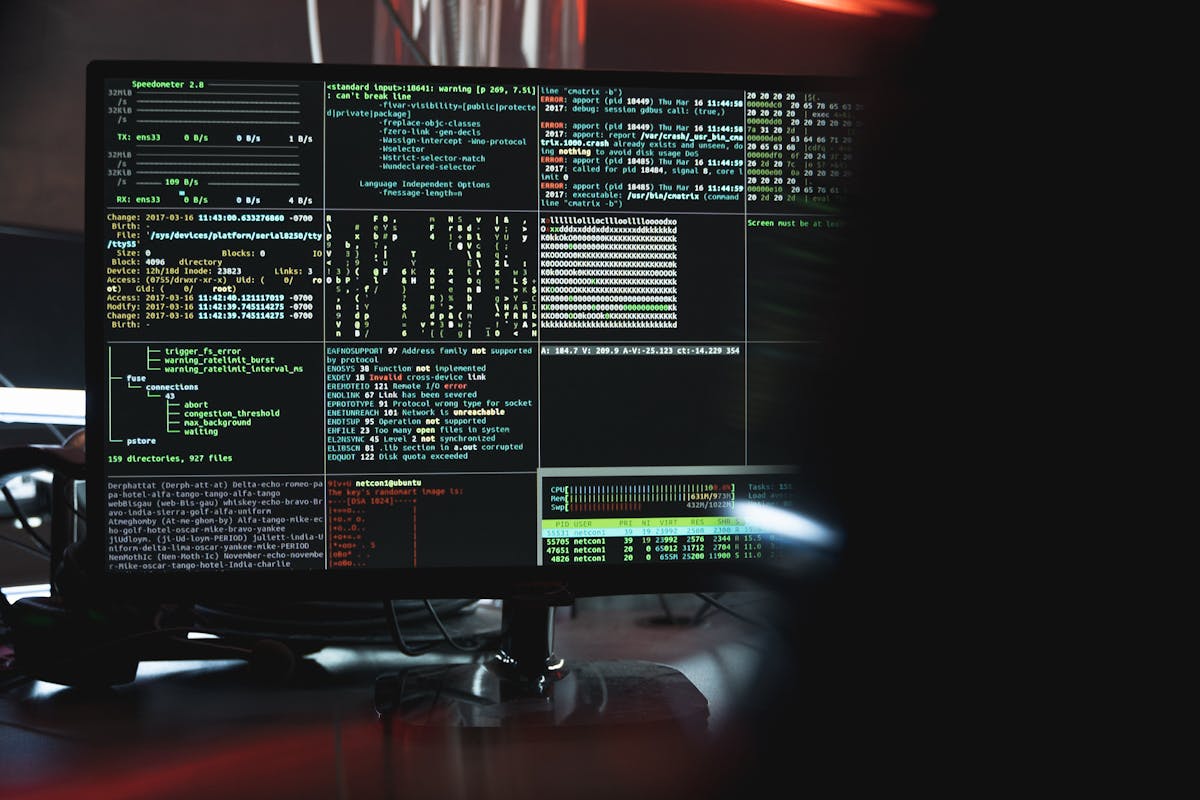
Imagine waking up to the news that a major corporation has fallen victim to a cyber attack. Sensitive customer information has been stolen, and the company’s operations are in chaos. This isn’t a plot from a movie—it’s a reality many organizations face today. As our world becomes more digital, the importance of cybersecurity grows exponentially. The goal of this article is to explore the future of cyber defense by examining emerging technologies and trends shaping the field.
The Growing Importance of Cyber Defense
Cyber attacks are becoming more frequent and sophisticated. Hackers constantly develop new methods to breach systems, steal data, and disrupt operations. This escalating threat environment makes it critical for businesses and governments to prioritize cybersecurity like never before.
In today’s digital landscape, every organization, regardless of size, is a potential target. Small businesses, large corporations, and government agencies all face significant risks. A single data breach can lead to massive financial losses, legal consequences, and a damaged reputation. Therefore, advanced cyber defense strategies are essential to protect sensitive information and maintain trust.
The Role of Cybersecurity Education
As the demand for skilled cybersecurity professionals grows, education plays a crucial role in preparing the next generation of cybersecurity specialists. A master’s degree in cybersecurity is an excellent way to gain the necessary skills and knowledge to thrive in this field. There are plenty of online programs that offer flexibility, allowing students to balance their studies with work and personal commitments.
One of the significant benefits of pursuing a master in cybersecurity online is that it caters to various backgrounds. You don’t need prior IT experience to enroll. The curriculum is designed to cover fundamental concepts and advanced topics, ensuring a comprehensive understanding of cyber defense. With the rapid evolution of cyber threats, continuous learning and adaptation are crucial. Online programs stay updated with the latest trends and technologies, providing students with relevant and practical knowledge.
Emerging Technologies in Cyber Defense
1. Artificial Intelligence and Machine Learning
Artificial Intelligence (AI) and Machine Learning (ML) are transforming the landscape of cybersecurity. These technologies can analyze vast amounts of data quickly, identifying patterns and anomalies that may indicate a threat. By leveraging AI and ML, organizations can detect and respond to cyber attacks more efficiently than ever before.
For instance, AI-powered systems can monitor network traffic in real-time, flagging unusual activities that could signify a breach. Machine learning algorithms learn from past incidents, improving their accuracy in predicting and preventing future attacks. These technologies also enhance automated threat response, enabling systems to act swiftly and mitigate damage.
2. Blockchain Technology
Blockchain technology, known for its role in cryptocurrencies, is also making waves in cybersecurity. Its decentralized nature provides a robust defense against data tampering and unauthorized access.
In cybersecurity, blockchain can be used to secure transactions, verify identities, and protect data integrity. For example, blockchain-based systems can enhance the security of supply chains by providing transparent and immutable records. This technology’s potential to prevent fraud and ensure data authenticity makes it a valuable asset in cyber defense.
3. Quantum Computing
Quantum computing is another emerging technology with significant implications for cybersecurity. Unlike classical computers, quantum computers can process information at unprecedented speeds. This capability poses both opportunities and challenges for cyber defense.
On the one hand, quantum computing can break traditional encryption methods, making current security protocols obsolete. On the other hand, it offers the potential for developing quantum-resistant algorithms, which are crucial for protecting sensitive data in the quantum era. Preparing for these advancements is essential to stay ahead in the cybersecurity race.
Trends Shaping the Future of Cyber Defense
1. Zero Trust Security
The traditional approach to cybersecurity often involves perimeter defenses, assuming that threats originate outside the network. However, the zero trust security model challenges this notion by treating every access request as a potential threat, regardless of its origin.
In a zero trust architecture, verification is required for every user and device attempting to access resources. This model minimizes the risk of internal threats and lateral movement within the network. Implementing zero trust involves continuous monitoring, strict access controls, and robust authentication measures. As cyber threats become more sophisticated, adopting zero trust principles is increasingly important.
2. Cloud Security
The adoption of cloud services has skyrocketed, offering businesses scalability, flexibility, and cost savings. However, this shift also introduces new security challenges. Protecting data in the cloud requires different strategies compared to traditional on-premises environments.
Cloud security involves securing data at rest, in transit, and during processing. Organizations must implement encryption, access controls, and regular security assessments to safeguard their cloud infrastructure. Additionally, understanding shared responsibility models is crucial. While cloud service providers handle certain security aspects, customers are responsible for securing their data and applications.
3. IoT Security
The Internet of Things (IoT) connects a vast array of devices, from smart home gadgets to industrial sensors. While IoT offers numerous benefits, it also expands the attack surface for cyber threats. Each connected device represents a potential entry point for hackers.
To secure IoT environments, organizations must adopt comprehensive security measures. This includes device authentication, secure communication protocols, and regular firmware updates. Monitoring and managing IoT devices is critical to prevent unauthorized access and ensure the integrity of the entire network.
Conclusion
Cyber defense is an ever-evolving field that demands constant vigilance and innovation. As cyber-attacks become more sophisticated, embracing emerging technologies and trends is crucial for staying protected. Education, particularly through programs like a master’s degree, equips professionals with the knowledge and skills to lead in this dynamic environment.
Artificial Intelligence, blockchain, and quantum computing are just a few of the technologies shaping the future of cyber defense. By adopting zero trust security, enhancing cloud security, and securing IoT devices, organizations can build robust defenses against evolving threats.
In this fast-paced digital age, staying informed and proactive is key to safeguarding our interconnected world. The battle against cyber threats is ongoing, but with the right tools and strategies, we can stay one step ahead.









